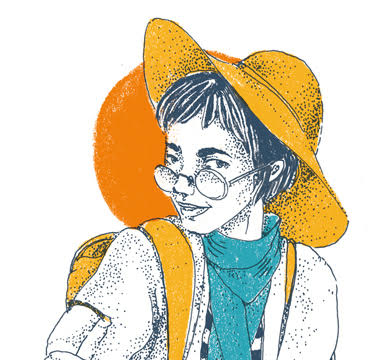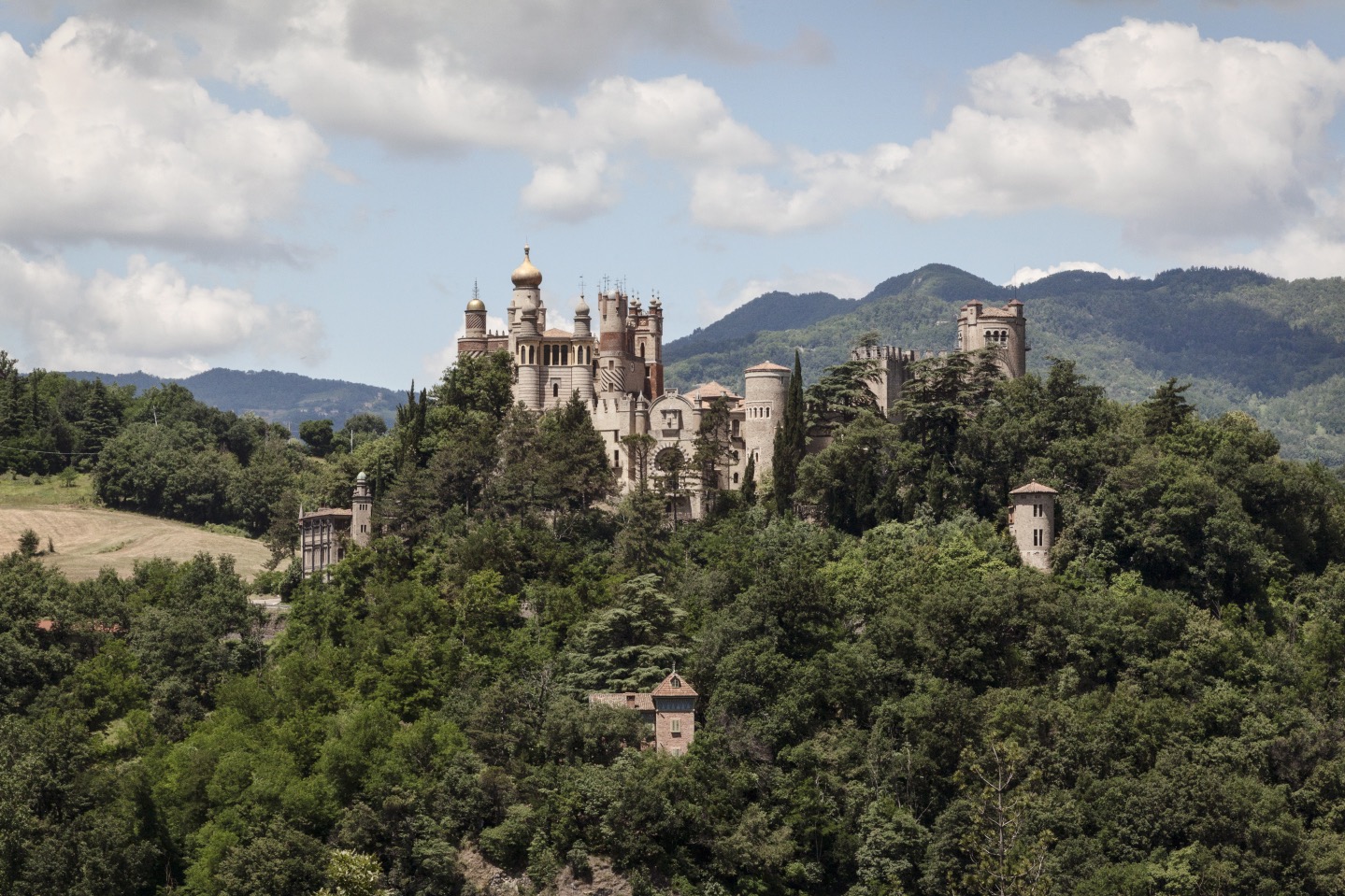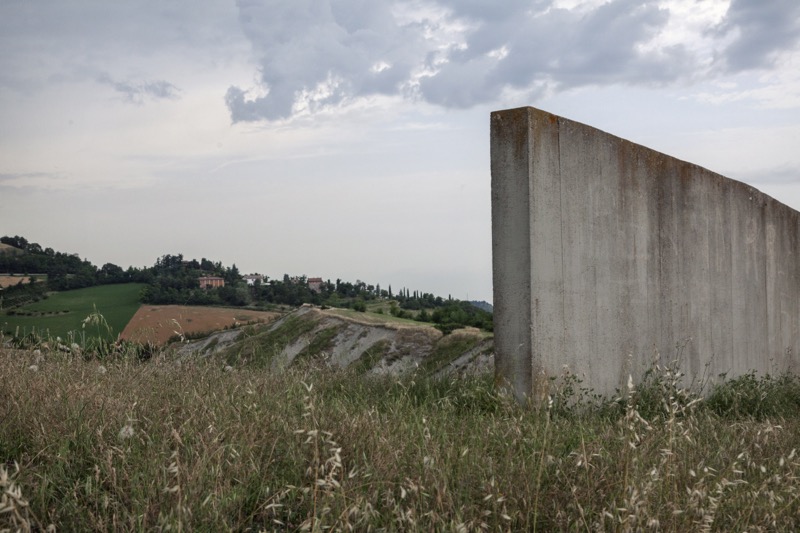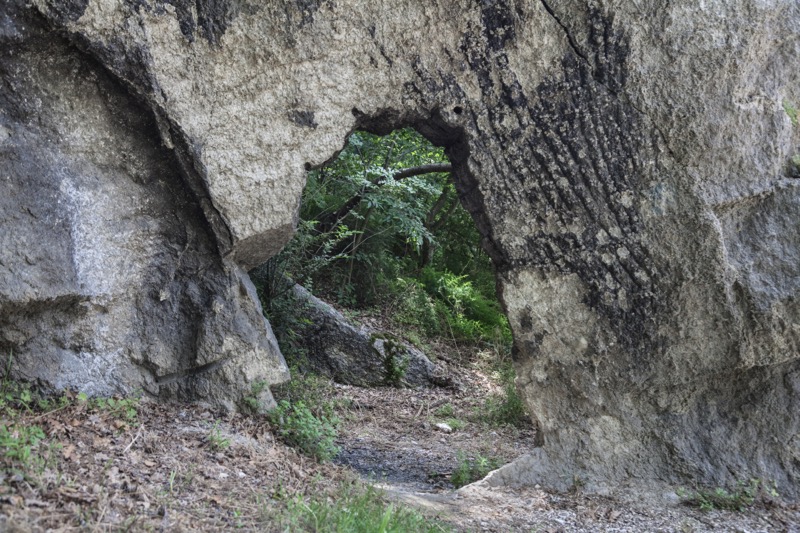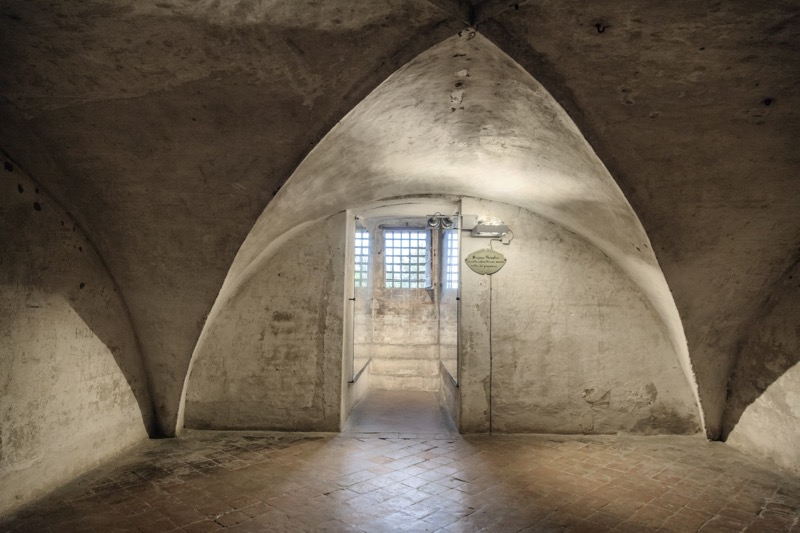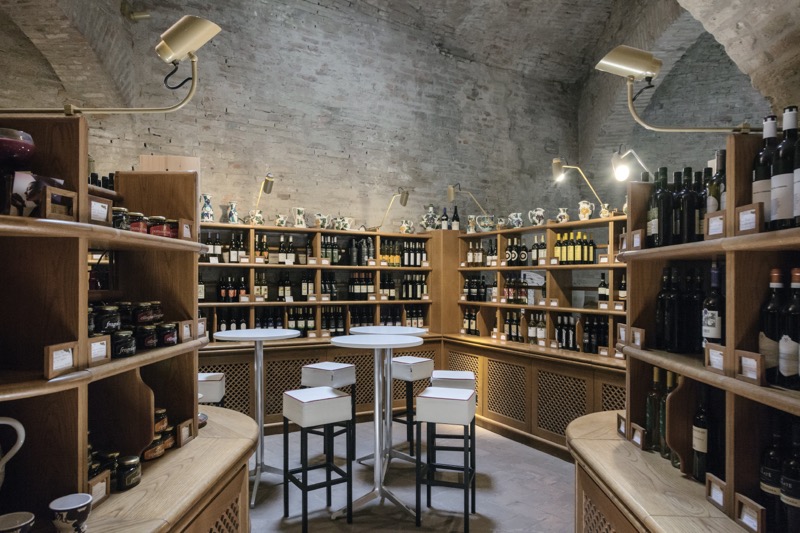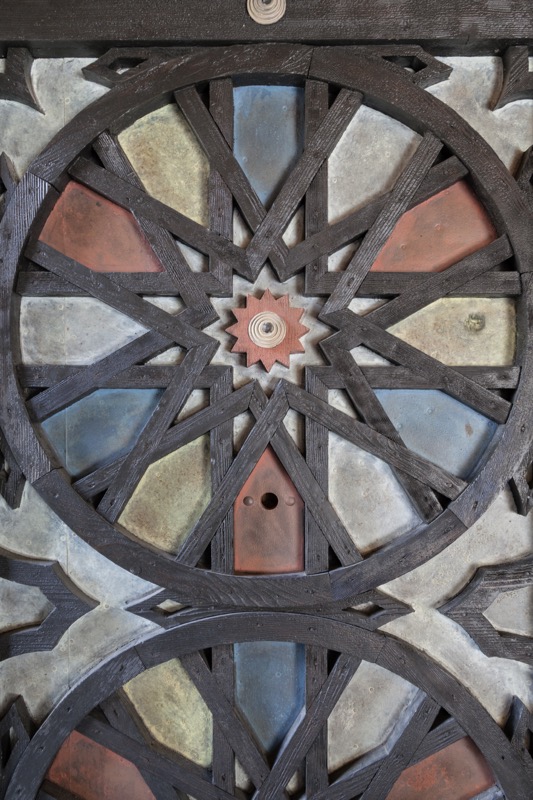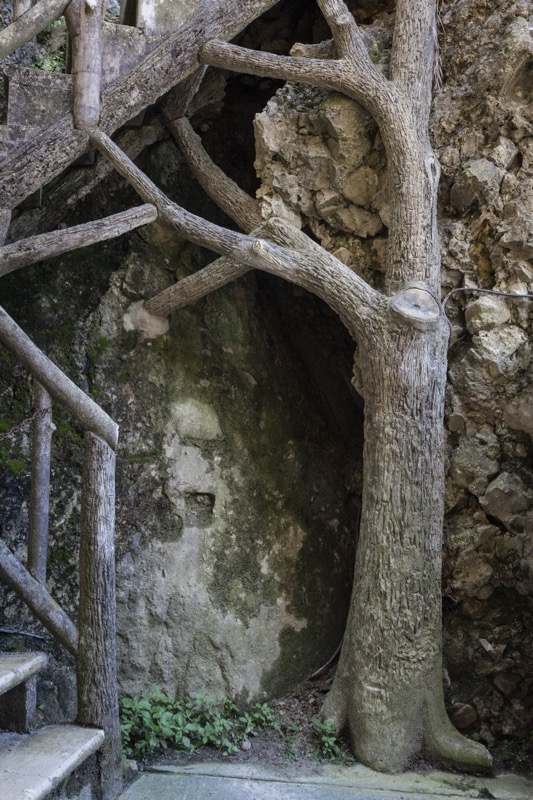“Bologna is an old lady with soft hips, her breast on the Po Plain and her ass on the hills”. There’s always just the right song with which to tell Bologna’s story. These are the words of Francesco Guccini, Bolognese writer and composer, and they say a lot about the city’s friendly and welcoming character. Not only that, they conjure up an image of the city’s geographical location: the Po Valley opens up in front of it and the hills act as a backdrop. It’s up into the hills that I want to take you, the perfect destination if you have one or more days to discover the beauty and fascination that lie outside the city confines. First of all, you don’t need a car to admire Bologna from above. All you need to do is go to Via Farini in the centre, take the number 52 bus and head into the hills. After 10 minutes you’re in Via San Mamolo (if you do have a car, you can go to Porta San Mamolo and on from there). The road begins to ascend and the first stop is Villa Ghigi Park. Huge botanical variety, gymnastic trails and tree-lined paths guide you to the top of one of Bologna’s green lungs. There you’ll be greeted by a villa belonging to one of the city’s richest families from the 17th century until the last owner, the zoologist Ghigi, one of the first Italian environmentalists. It’s time for a break and the perfect place is “Casa del Custode“, an original and comfortable space, which has become a venue for refreshments, shows and exhibitions with an environmental theme. To see the programme, visit fondazionevillaghigi.it.
If you’d rather stop for lunch, you’d better call the manager Bernardo Bolognesi (contact details can be found on the website) and tell him you’re coming. It’s worth meeting him: he’s an actor and director with a passion for food in unusual locations. “This time, I’ve chosen a secret place. You can only get here on foot by walking through the park”, he explains. “Not many lights, only a few tables, but all absolutely authentic: from the products from my neighbouring farmer’s land, to the wine from these hills, to the piano in the house for guests to use. It’s a popular place where the quality is high, but accessible to all. Hikers and foreign tourists particularly love it here.”


